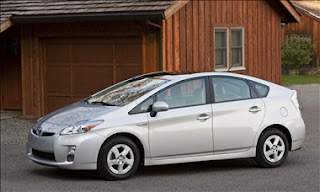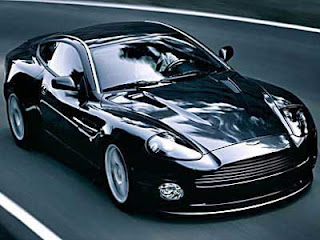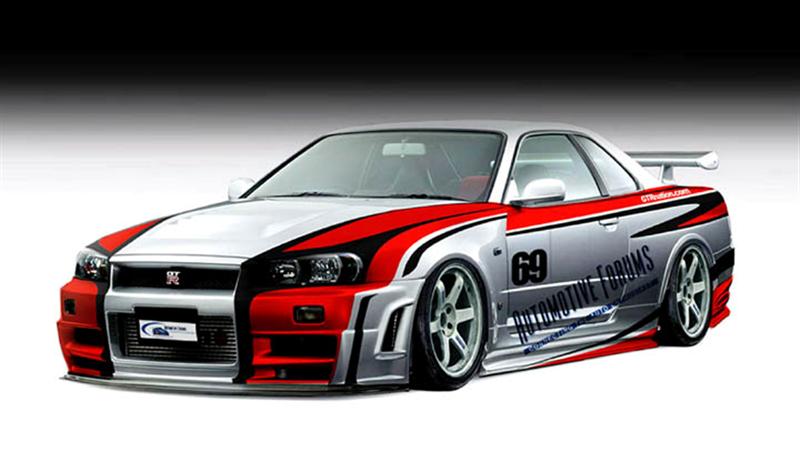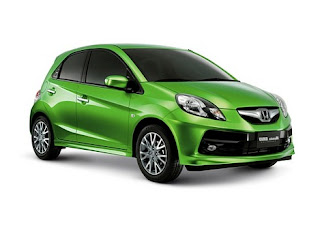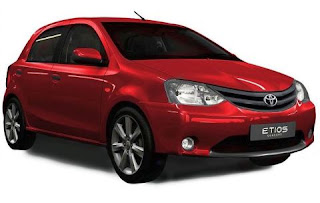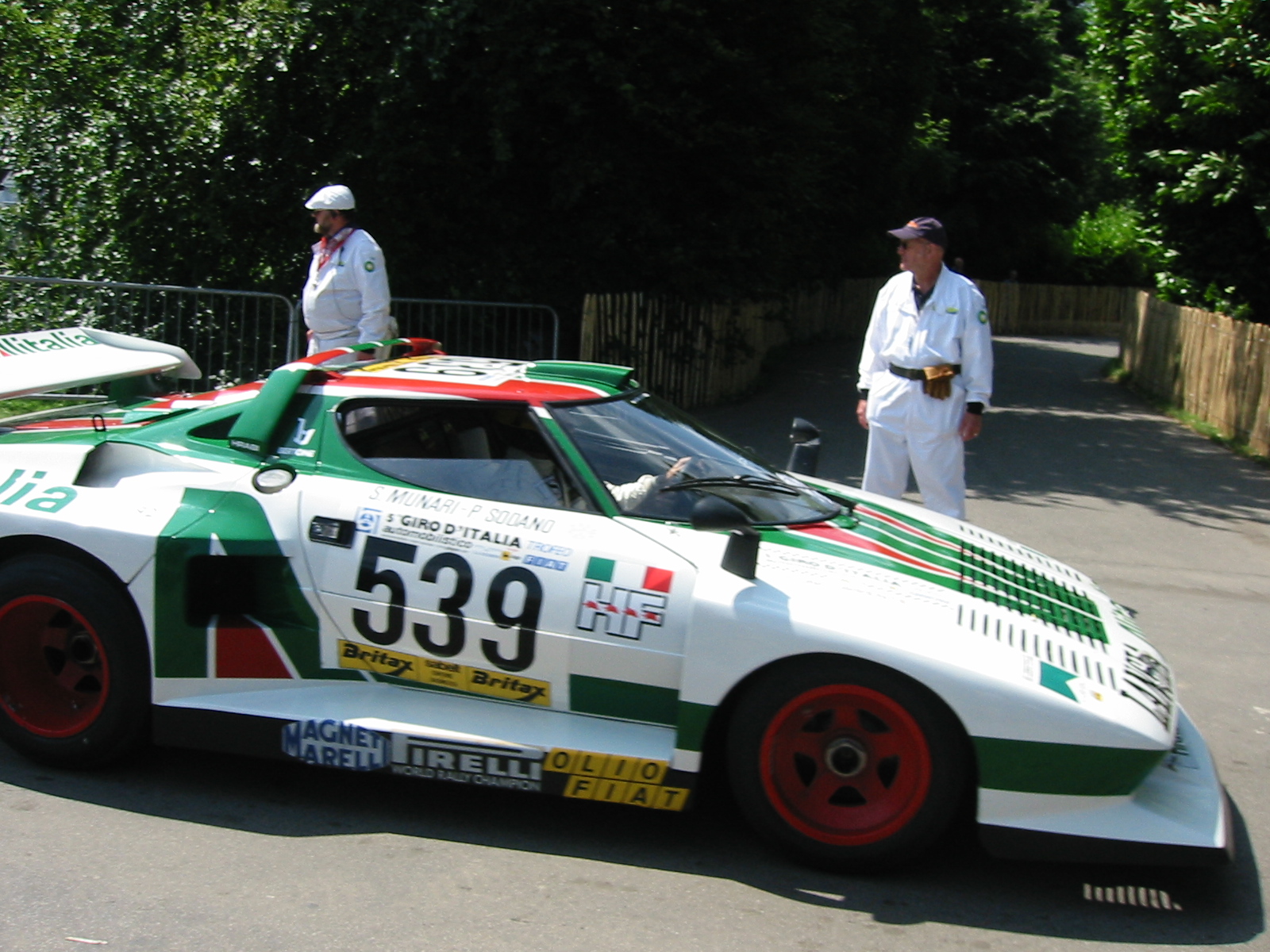***Ford Mustang***
The Ford Mustang is an automobile manufactured by the Ford Motor Company. It was initially based on the second generation North American Ford Falcon, a compact car. Introduced early on April 17, 1964, as a "1964�" model, the 1965 Mustang was the automaker's most successful launch since the Model A. The model is Ford's third oldest nameplate in production[citation needed] and has undergone several transformations to its current fifth generation.
The Mustang created the "pony car" class of American automobiles�sports car-like coupes with long hoods and short rear decks�and gave rise to competitors such as GM's Chevrolet Camaro, AMC's Javelin, and Chrysler's revamped Plymouth Barracuda. It also inspired coup�s such as the Toyota Celica and Ford Capri, which were exported to the United States.
Background
Production of the 1965 Mustang (VIN coded by Ford and titled as 1965 models) began in Dearborn, Michigan on March 9, 1964 and the car was introduced to the public on April 17, 1964 at the New York World's Fair. It is Ford's third oldest nameplate[citation needed] currently in production next to the F-Series pickup truck line (which has undergone major nameplate changes over the years) and the Falcon that is still in production in Australia.
Executive stylist John Najjar, who was a fan of the World War II P-51 Mustang fighter plane, is credited by Ford to have suggested the name. He was involved in design work on the prototype Ford Mustang I. An alternative view was that Robert J. Eggert, Ford Division market research manager, first suggested the Mustang name. Eggert, a breeder of quarterhorses, received a birthday present from his wife of the book, The Mustangs by J. Frank Dobie in 1960. Later, the book�s title gave him the idea of adding the �Mustang� name for Ford�s new concept car.
The designer preferred Cougar or Torino (and an advertising campaign using the Torino name was actually prepared), while Henry Ford II wanted T-bird II. As the person responsible for Ford�s research on potential names, Eggert added �Mustang� to the list to be tested by focus groups; �Mustang,� by a wide margin, came out on top under the heading: �Suitability as Name for the Special Car.� The name could not be used in Germany, however, because it was owned by Krupp, which had manufactured trucks between 1951 and 1964 with the name Mustang. Ford refused to buy the name for about US$10,000 from Krupp at the time. Kreidler, a manufacturer of mopeds, also used the name, so Mustang was sold in Germany as the "T-5" until December 1978.
Mustangs grew larger and heavier with each model year until, in response to the 1971�1973 models, Ford returned the car to its original size and concept for 1974. It has since seen several platform generations and designs. Although some other pony cars have seen a revival, the Mustang is the only original pony car to remain in uninterrupted production over four decades of development and revision.
First generation (19641/2�1973):
As Lee Iacocca's assistant general manager and chief engineer, Donald N. Frey was the head engineer for the T-5 project�supervising the overall development of the car in a record 18 months�while Iacocca himself championed the project as Ford Division general manager. The T-5 prototype was a two-seat, mid-mounted engine roadster. This vehicle employed a Taunus (Ford Germany) V4 engine and was very similar in appearance to the much later Pontiac Fiero.
It was claimed that the decision to abandon the two-seat design was in part due to the low sales experienced with the 2-seat 1955 Thunderbird. To broaden market appeal it was later remodeled as a four-seat car (with full space for the front bucket seats, as originally planned, and a rear bench seat with significantly less space than was common at the time). A "Fastback 2+2" model traded the conventional trunk space for increased interior volume as well as giving exterior lines similar to those of the second series of the Corvette Sting Ray and European sports cars such as the Jaguar E-Type.The "Fastback 2+2" was not available as a 1964� model, but was first manufactured on August 17, 1964.
Second generation (1974�1978):
Lee Iacocca, who had been one of the forces behind the original Mustang, became President of Ford Motor Company in 1970 and ordered a smaller, more fuel-efficient Mustang for 1974. Initially it was to be based on the Ford Maverick, but ultimately was based on the Ford Pinto subcompact.
The new model, called the "Mustang II", was introduced two months before the first 1973 oil crisis, and its reduced size allowed it to compete against imported sports coup�s such as the Japanese Toyota Celica and the European Ford Capri[citation needed] (then Ford-built in Germany and Britain, sold in U.S. by Mercury as a captive import car). First-year sales were 385,993 cars, compared with the original Mustang's twelve-month sales record of 418,812.
Third generation (1979�1993):
The 1979 Mustang was based on the longer Fox platform (initially developed for the 1978 Ford Fairmont and Mercury Zephyr). The interior was restyled to accommodate four people in comfort despite a smaller rear seat. Body styles included a coup�, (notchback), hatchback, and convertible. Available trim levels included L, GL, GLX, LX, GT, Turbo GT (1983�84), SVO (1984�86), Cobra (1979�81; 1993), and Cobra R (1993).
Fourth generation (1994�2004):
In 1994 the Mustang underwent its first major redesign in fifteen years. Code-named "SN-95" by the automaker, it was based on an updated version of the rear-wheel drive Fox platform called "Fox-4." The new styling by Patrick Schiavone incorporated several styling cues from earlier Mustangs. For the first time since 1974, a hatchback coupe model was unavailable.
The base model came with a 3.8 OHV V6 (232 cid) engine rated at 145 bhp (108 kW) in 1994 and 1995, or 150 bhp (110 kW) (1996�1998), and was mated to a standard 5-speed manual transmission or optional 4-speed automatic. Though initially used in the 1994 and 1995 Mustang GT, Ford retired the 302 cid pushrod small-block V8 after nearly 40 years of use, replacing it with the newer Modular 4.6 L (281 cid) SOHC V8 in the 1996 Mustang GT. The 4.6 L V8 was initially rated at 215 bhp (160 kW), 1996�1997, but was later increased to 225 bhp (168 kW) in 1998.
Fifth generation (2005�present):
Ford introduced a redesigned 2005 model year Mustang at the 2004 North American International Auto Show, codenamed "S-197," that was based on the new D2C platform. Developed under the direction of Chief Engineer Hau Thai-Tang and exterior styling designer Sid Ramnarace, the fifth-generation Mustang's styling echoes the fastback Mustangs of the late 1960s. Ford's senior vice president of design, J Mays, called it "retro-futurism." The fifth-generation Mustang is manufactured at the AutoAlliance International plant in Flat Rock, Michigan.
For the 2005 to 2009 production years, the base model was powered by a 210 hp (157 kW) cast-iron block 4.0 L SOHC V6, while the GT used an aluminum block 4.6 L SOHC 3-valve Modular V8 with variable camshaft timing (VCT) that produced 300 hp (224 kW). Base models had a Tremec T-5 5-speed manual transmission with Ford's 5R55S 5-speed automatic being optional. Automatic GTs also featured this transmission, but manual GTs had the Tremec TR-36505-speed.






















